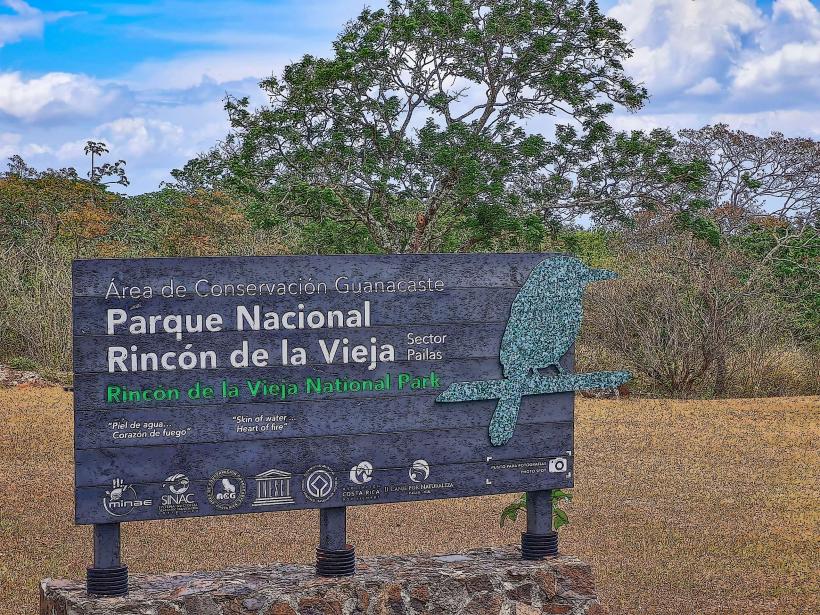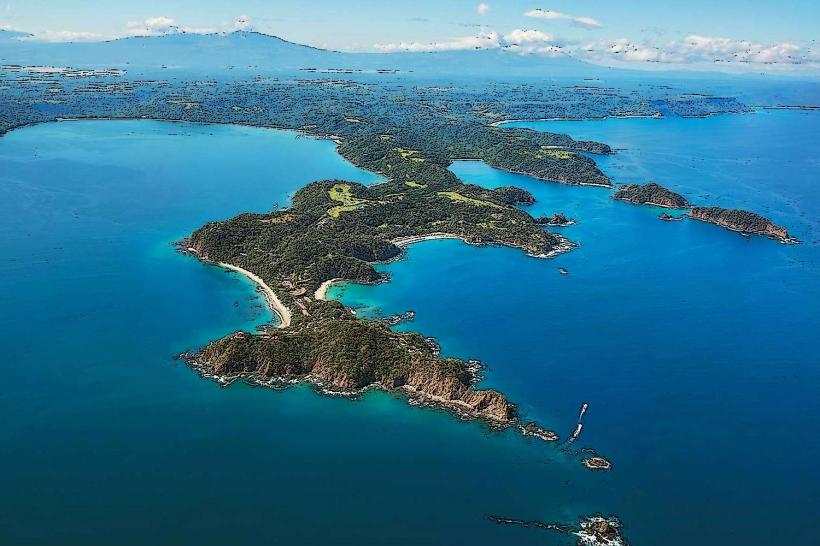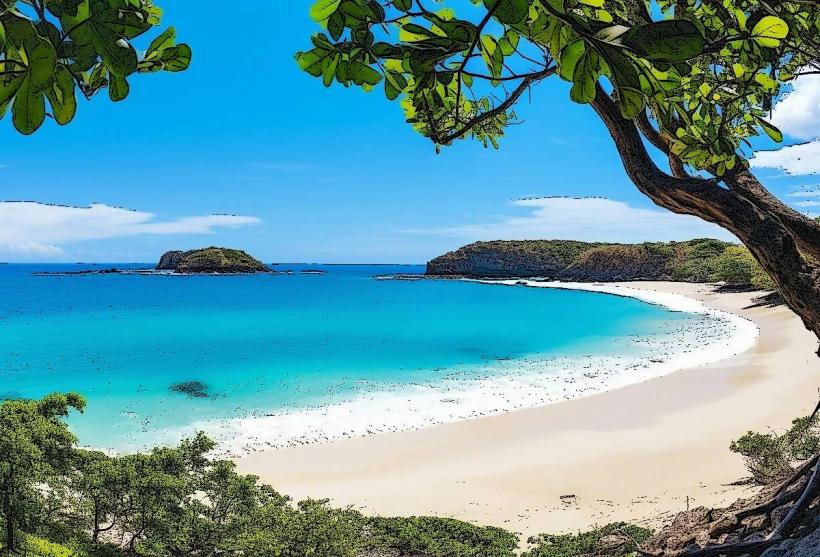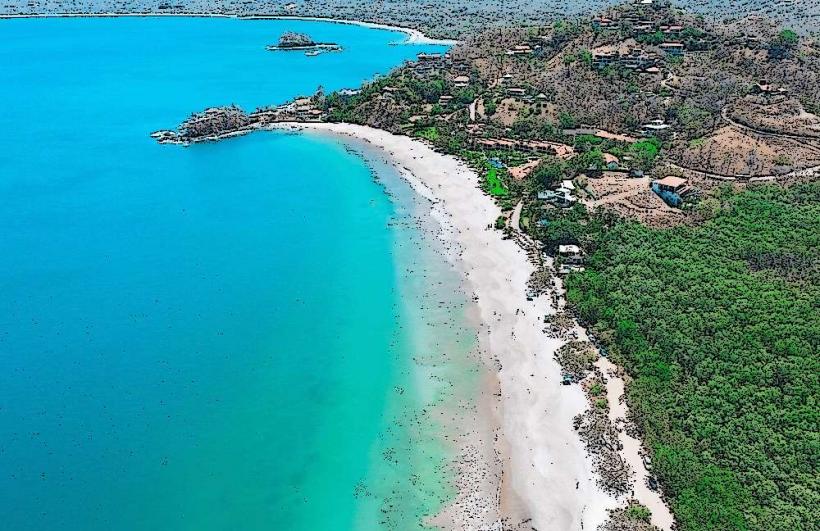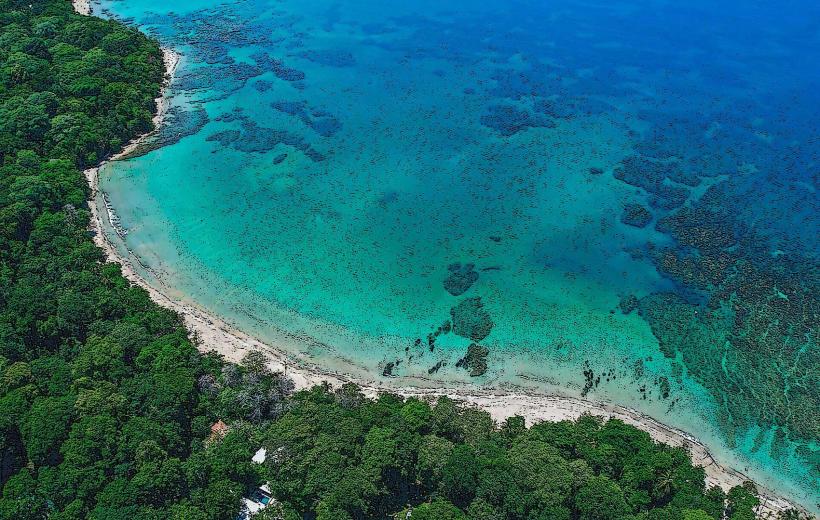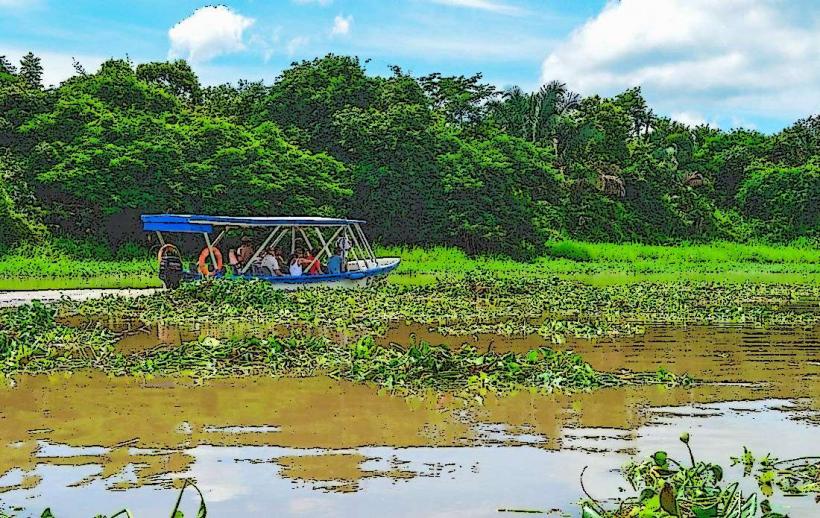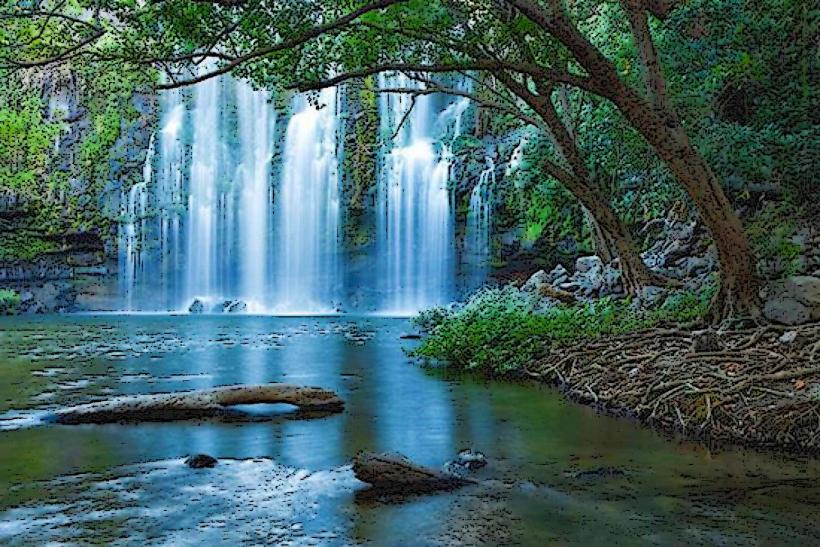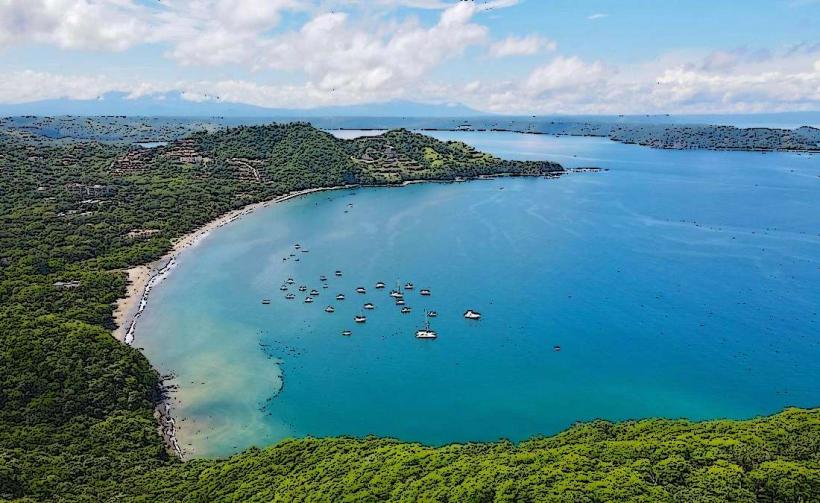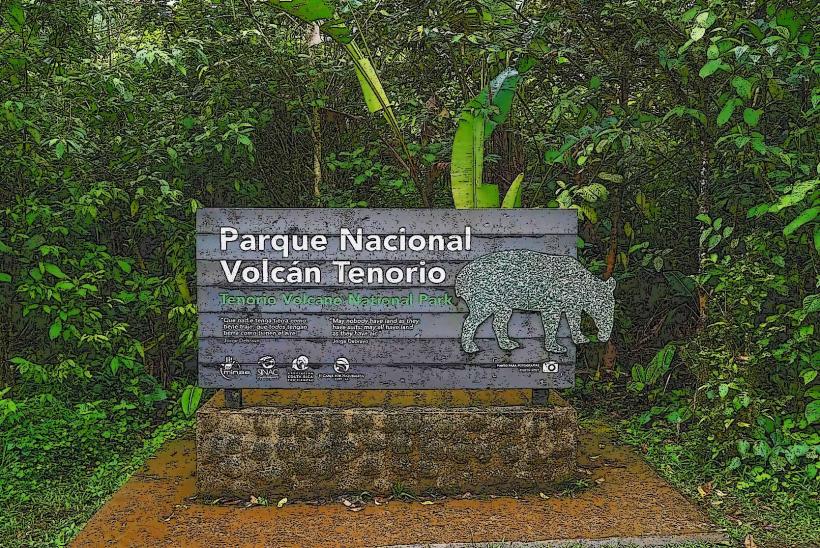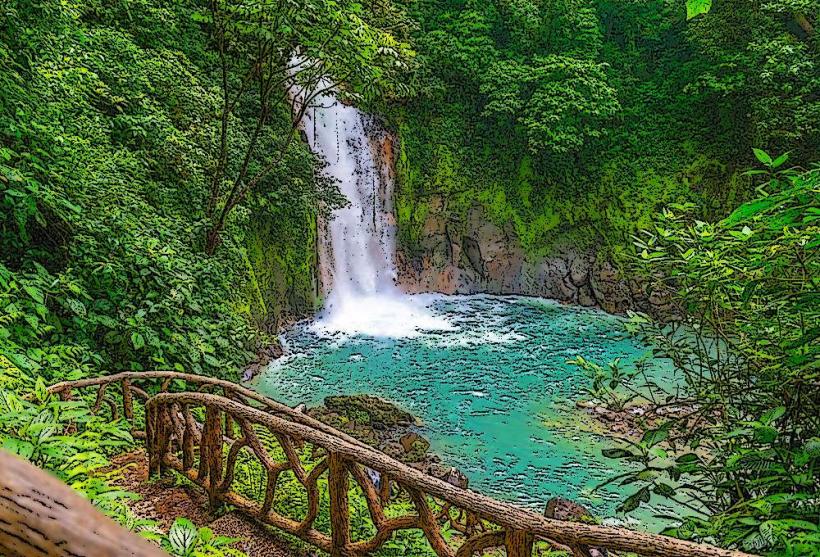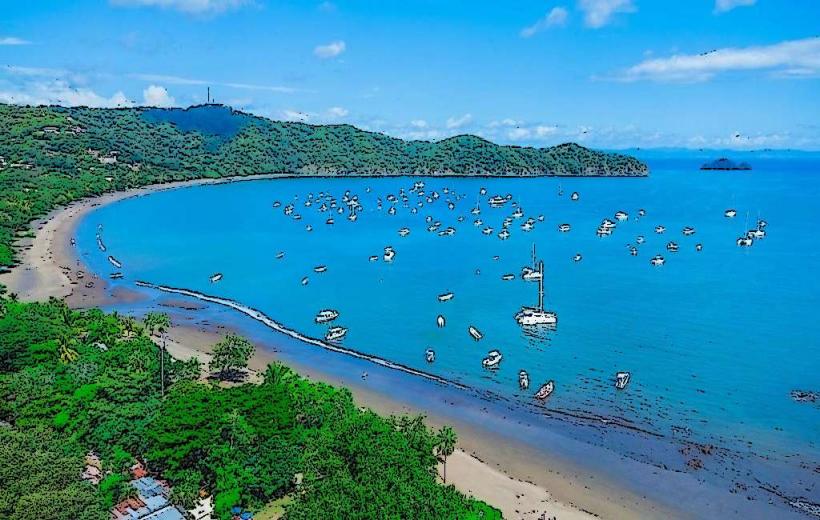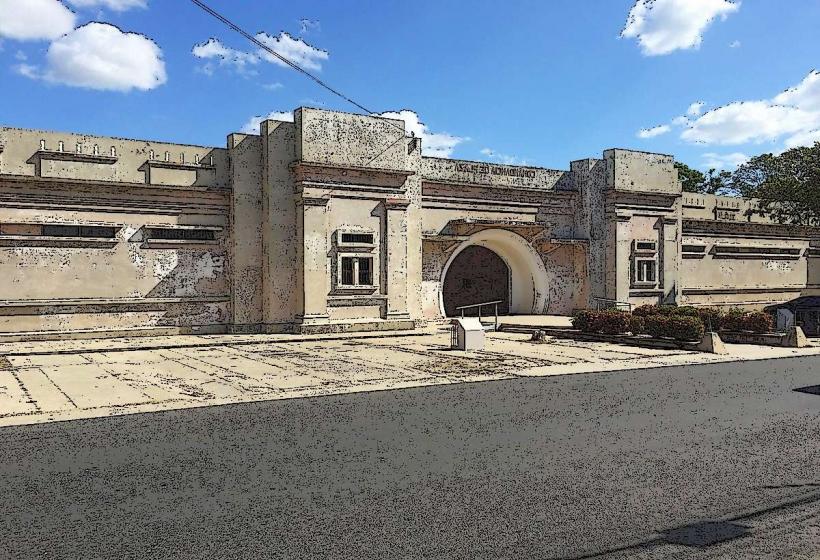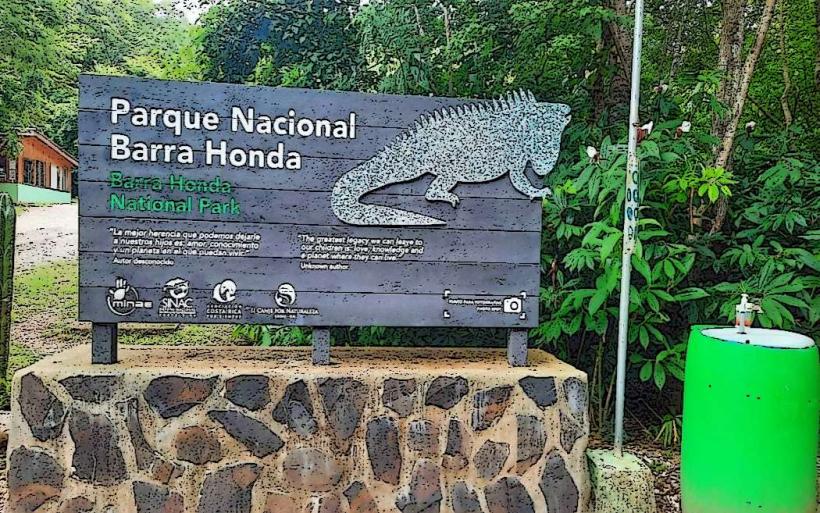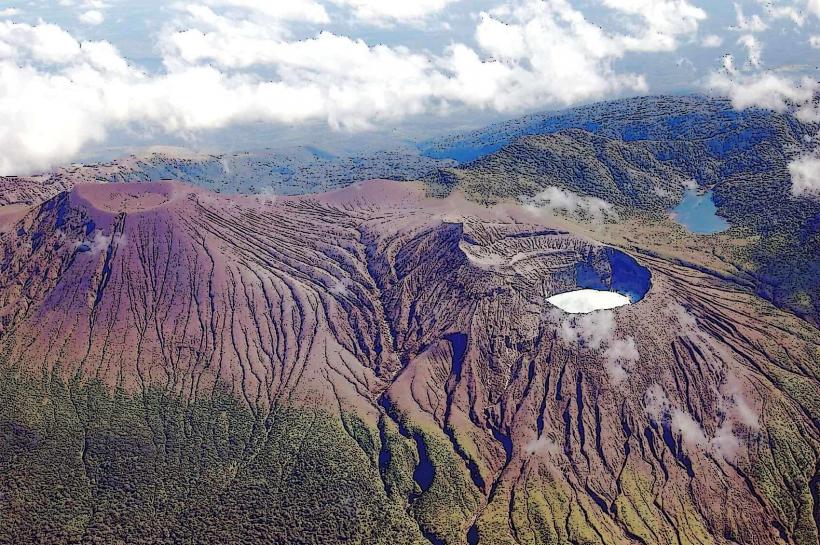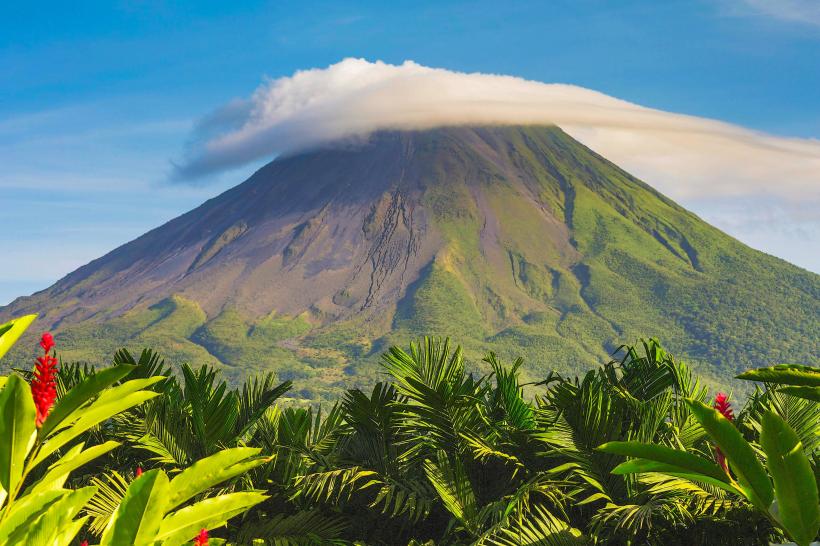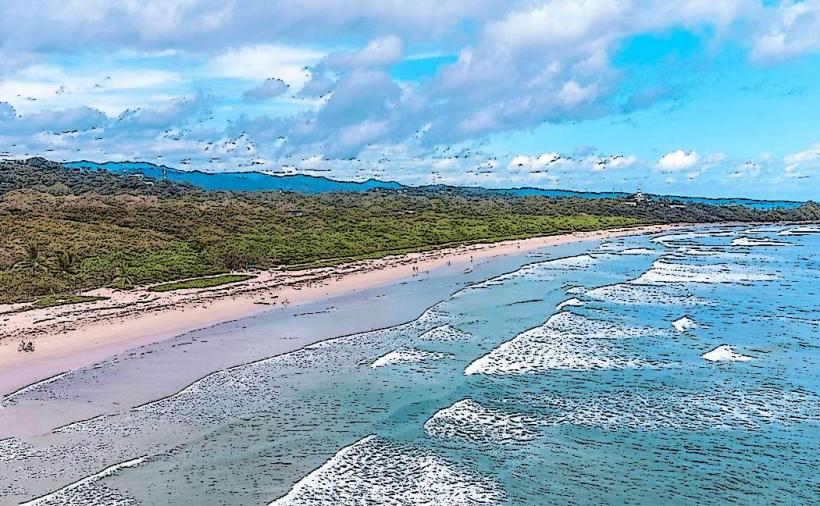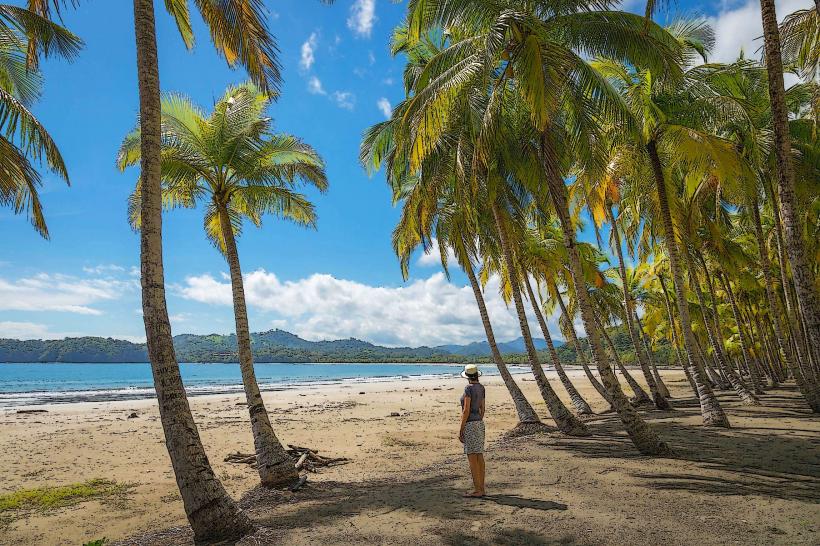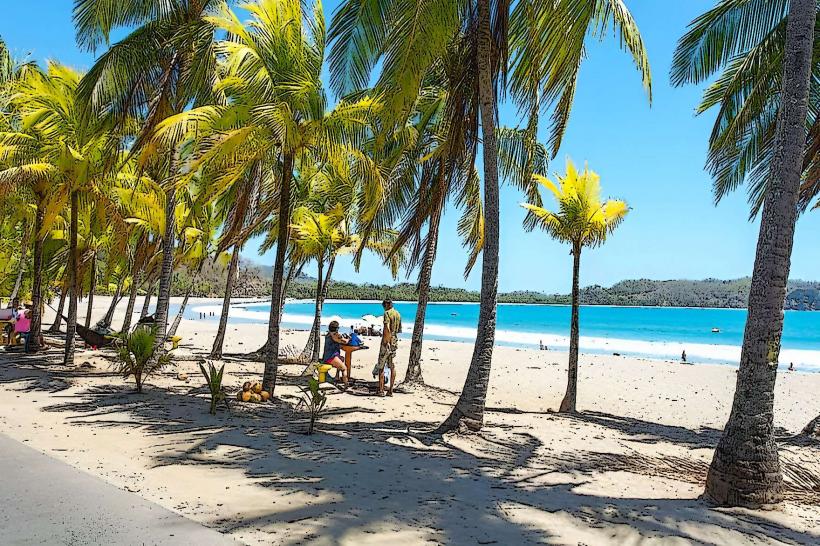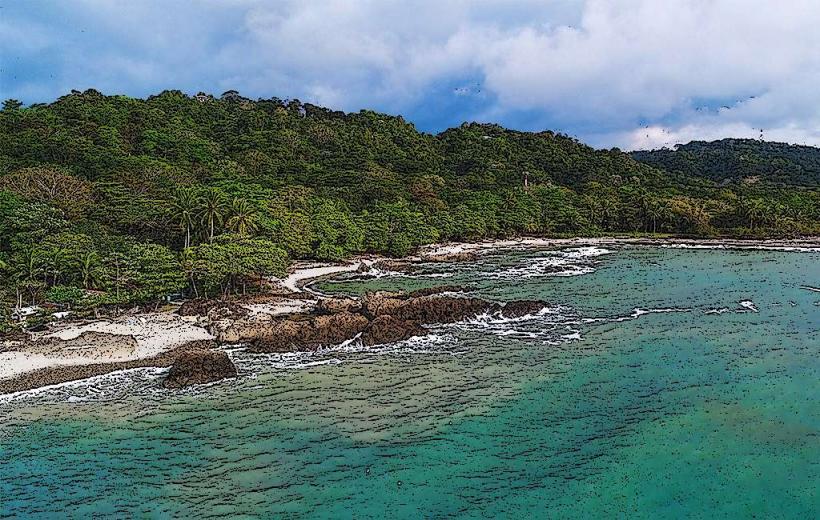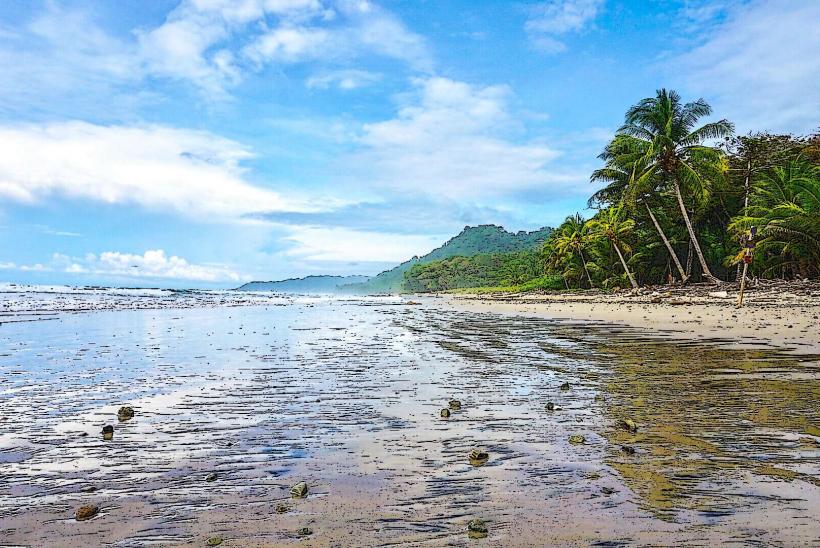Information
Landmark: Santa Rosa National ParkCity: Guanacaste
Country: Costa Rica
Continent: North America
Santa Rosa National Park (Parque Nacional Santa Rosa) is one of Costa Rica's most significant national parks, blending rich history with remarkable biodiversity. Located in the Guanacaste Province, it is renowned for its role in the country's fight for independence and its diverse ecosystems that represent the tropical dry forest biome. Here’s a detailed overview of the park:
Overview
- Location: Guanacaste Province, northwestern Costa Rica, near the Nicaragua border.
- Established: 1971, as Costa Rica’s first national park.
- Size: Approximately 124,000 acres (50,000 hectares).
- UNESCO World Heritage Site: Part of the Guanacaste Conservation Area, recognized for its ecological importance.
Historical Significance
Battle of Santa Rosa (1856):
- The park is home to the La Casona Monument, a restored hacienda that commemorates Costa Rica’s victory against filibuster William Walker and his forces.
- This victory is a cornerstone of Costa Rica’s national identity and sovereignty.
Other Conflicts:
- La Casona also served as a site for military conflicts during later territorial disputes.
Ecological Importance
Santa Rosa National Park is a biodiversity hotspot, protecting one of the largest remaining areas of tropical dry forest in Central America, a biome that has largely disappeared elsewhere due to agriculture and development.
Ecosystems:
- Tropical dry forests, deciduous woodlands, mangroves, savannas, and wetlands.
- Marine ecosystems along the Pacific coast, including coral reefs and rocky shores.
Wildlife:
- Mammals: White-tailed deer, peccaries, white-faced capuchin monkeys, howler monkeys, pumas, ocelots, and jaguars.
- Birds: Over 250 species, including trogons, motmots, and migratory birds like hawks and warblers.
- Marine Life: Sea turtles, rays, dolphins, and whales frequent the coastal areas.
- Reptiles and Amphibians: Iguanas, snakes, and frogs inhabit the park.
Flora:
- Dry-season deciduous trees such as guanacaste, palo verde, and mahogany.
- Flowering plants like the yellow cortés tree.
Key Attractions
La Casona Historical Museum:
- The restored hacienda is a cultural and historical landmark, showcasing exhibits about Costa Rica’s independence and conservation efforts.
Beaches:
- Playa Nancite:
- A key nesting site for the olive ridley sea turtle. The annual arribada (mass nesting event) attracts thousands of turtles.
- Playa Naranjo:
- Famous for its surfing waves and the iconic Witch’s Rock (Roca Bruja), a favorite among surfers.
- Access is more challenging, but the secluded beauty is worth the effort.
Hiking Trails:
- Numerous trails lead through the tropical dry forest, offering opportunities to see wildlife and explore the diverse landscapes.
- Popular trails include the Sendero Los Patos and paths leading to viewpoints over the park and coast.
Wildlife Viewing:
- Wildlife is most active during the early morning and late afternoon.
Camping:
- Camping is allowed in designated areas, offering a rustic way to experience the park's natural beauty.
Visitor Information
- Entrance Fee:
- A nominal fee is charged, with proceeds supporting park maintenance and conservation.
- Facilities:
- Restrooms, picnic areas, and camping facilities are available near La Casona.
- Access:
- The main entrance is easily accessible via the Interamerican Highway (Route 1).
- Playa Naranjo and remote areas may require a 4x4 vehicle.
Best Time to Visit
- Dry Season (December to April):
- Easier access to trails and beaches due to better road conditions.
- Wildlife congregates around water sources, making it easier to spot.
- Rainy Season (May to November):
- The forest transforms into lush greenery, and marine turtle nesting peaks during this period.
- Roads to remote areas like Playa Naranjo may become impassable without a 4x4 vehicle.
Nearby Attractions
- Rincón de la Vieja National Park:
- Features volcanic activity, hot springs, and hiking trails.
- Guanacaste National Park:
- Adjacent to Santa Rosa, part of the larger Guanacaste Conservation Area.
- Liberia:
- The nearby city serves as a gateway to many attractions in the region.
Conservation Efforts
Santa Rosa National Park is a cornerstone of Costa Rica’s conservation history. It plays a critical role in protecting the tropical dry forest, rewilding efforts, and preserving the marine ecosystems along the Pacific coast.
Conclusion
Santa Rosa National Park is a unique blend of history and nature, offering visitors an opportunity to explore Costa Rica’s cultural heritage and ecological diversity. Whether you’re interested in hiking, surfing, wildlife spotting, or learning about the country’s history, this park is a must-visit destination in the Guanacaste region.

